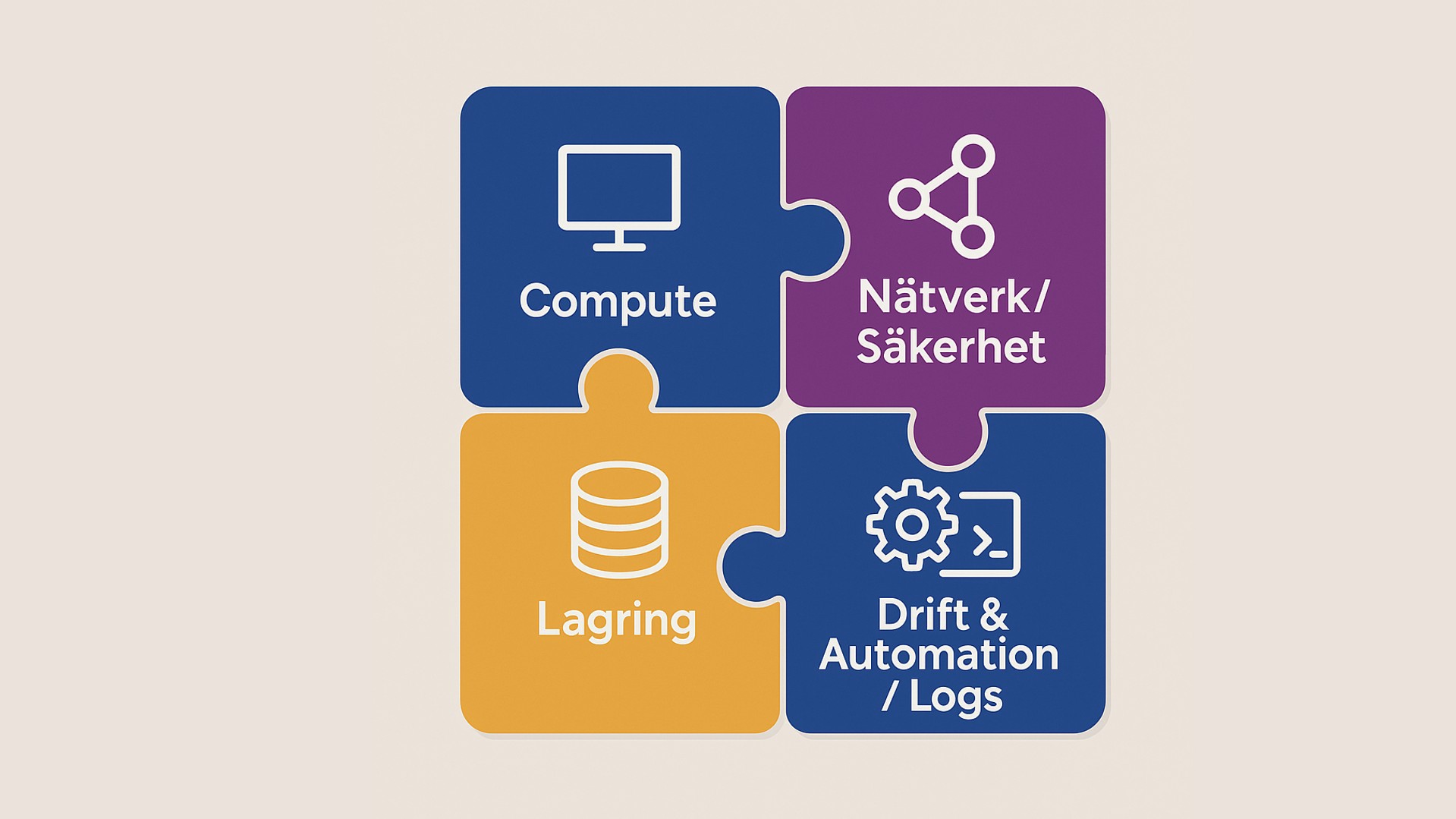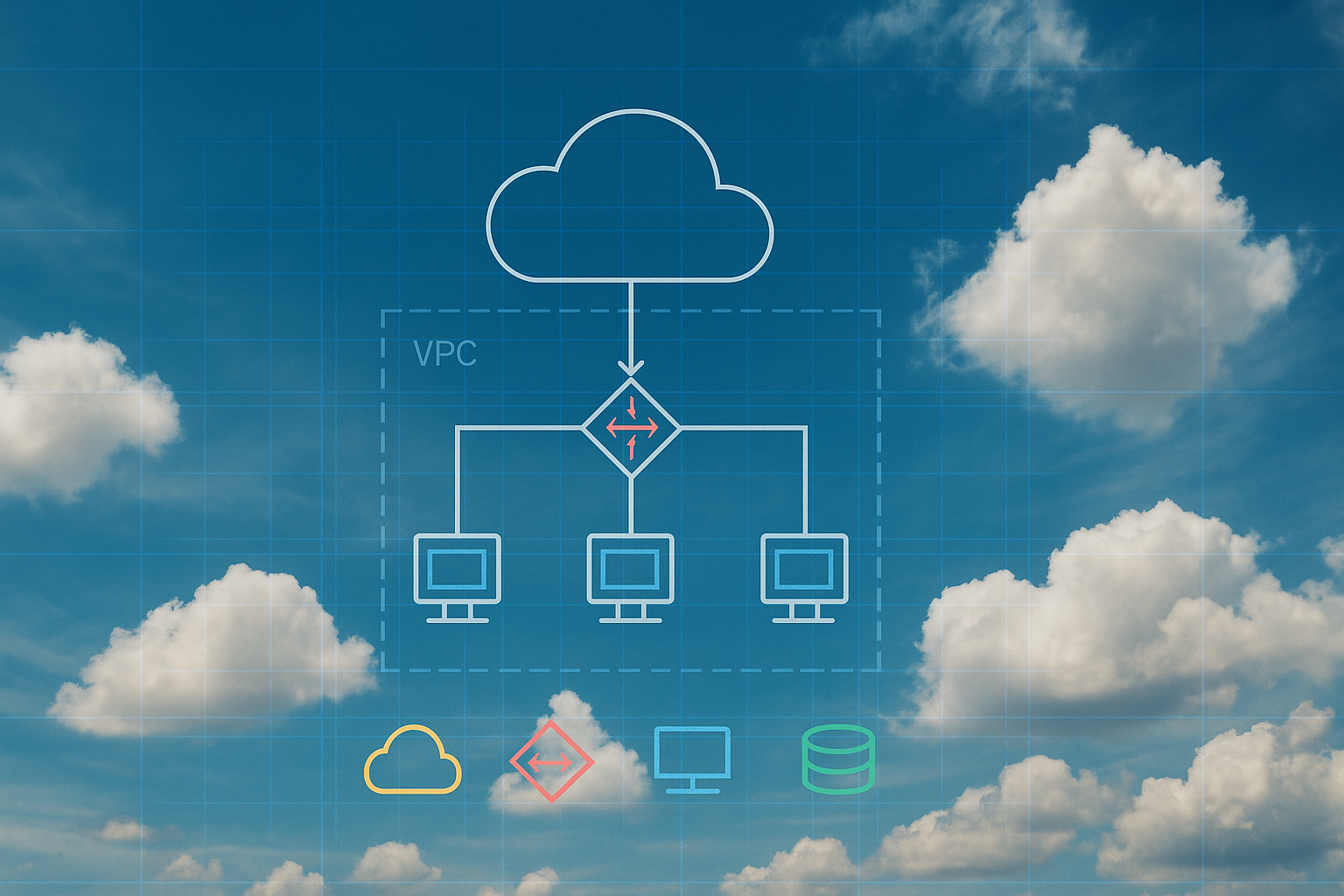Configuration Manager - Management and Administration

Denna kurs lär dig använda Configuration Manager och dess associerade tekniker för de vanligaste management-uppgifterna, inklusive hantering av applikationer, klienthälsa, hård- och mjukvaruinventering samt driftsättning av operativsystem och programuppdateringar.
Du kommer också att lära dig hur du optimerar Endpoint Protection, hanterar efterlevnad/compliance och skapar management queries och rapporter.
Kursen och tillhörande laborationer är skrivna för Microsoft Endpoint Configuration Manager och Windows 11, de färdigheter som lärs ut är bakåtkompatibla med tidigare utgåvor som SCCM och Windows 10.
Målgrupp och förkunskaper
Kursen riktar sig till IT-tekniker som skall konfigurera och hantera klienter och enheter med hjälp av Configuration Manager tillsammans med relaterade verktyg och system. Produkten har i tidigare versioner även kallats System Center Configuration Manager, SCCM.
Som deltagare förutsätts du besitta vissa förkunskaper för att hänga med i kursens tempo och tillgodogöra dig dess innehåll:
- Grundläggande nätverkstekniker, inklusive vanliga protokoll, topologier, hårdvara, media, routing, switching och adressering.
- Principer och grunder för Active Directory Domain Services (AD DS).
- Installation, konfiguration och felsökning för Windows-baserade persondatorer.
- Grundläggande PKI-relaterade säkerhetsbegrepp.
- Grundläggande förståelse för skript och Windows PowerShell-syntax.
- Grundläggande förståelse för Windows Server-roller och tjänster.
- Grundläggande förståelse för konfigurationsalternativen för iOS- och Android-mobilenheter (gäller avsnitten för hantering av mobila enheter).
För att alltid hålla en hög kvalitet på våra teknikkurser använder vi både engelsk- och svensktalande experter som kursledare.
Detaljerad information
Kursmaterialet är på engelska, med detta innehåll:
Managing computers and mobile devices in the enterprise
This module describes the features of Configuration Manager that you can use to perform complex management tasks, including the following tasks; Hardware and software inventory, Application management, Operating system deployment, Settings management, Software update management, Remote client troubleshooting, and Protection from malware. Microsoft System Center Configuration Manager (Configuration Manager) provides various features that can help you manage devices and users both on-premises and in the cloud. Organizations that use Configuration Manager find that they can provide more effective IT services in relation to software deployment, settings management, and asset management. This module introduces you to the primary features, architecture, and management tools used with Configuration Manager. This module also provides a foundation that relates to all other features and management tasks discussed in the modules that follow this one.
- Overview of systems management by using enterprise management solutions
- Overview of the Configuration Manager architecture
- Overview of the Configuration Manager administrative tools
- Tools for monitoring and troubleshooting a Configuration Manager site
Analyzing data using queries, reports, and CMPivot
The Microsoft Endpoint Configuration Manager database stores a large amount of data about the resources in your environment. You might not always want to perform all management tasks on all resources simultaneously. Therefore, to help you locate devices or user objects in your environment that meet specific criteria, you can create queries. You then can use these queries to create collections or to find additional information about specific resources. This module describes queries and methods of creating and running them. In addition to queries, you can run reports to view various types of information related to your Configuration Manager environment. To run Configuration Manager reports, you must install and configure a reporting services point, which this module details. This module also covers CMPivot, which allows you to collect and view real-time data on all the connected devices in your environment. It will enable you to make real-time decisions
- Introduction to queries
- Configuring SQL Server Reporting Services
- Analyzing the real-time state of a device by using CMPivot
Preparing the Configuration Manager management infrastructure
You can manage computer and user resources within a Microsoft Endpoint Configuration Manager (Configuration Manager) environment only when Configuration Manager has discovered these resources and assigned them to a site. In this module, you will learn about boundaries and boundary groups that help create logical network locations containing computer devices that you need to manage in your Configuration Manager infrastructure. You can use these boundary configurations for automatic site assignment and to help clients find content and services from associated site systems. You will also learn about the discovery processes that you can use to identify computers, users, and the network infrastructure within your network environment. You will then learn about collections that support logical groupings of resources. You use these groupings for management tasks, such as targeting software updates, managing application deployments, or deploying compliance settings to resources.
- Configuring site boundaries and boundary groups
- Configuring resource discovery
- Organizing resources using device and user collections
Deploying and managing the Configuration Manager client
You can install the Microsoft Endpoint Configuration Manager (Configuration Manager) client software on windows-based devices such as servers, workstations, and laptops. You then can manage these devices and perform operations such as reporting hardware and software inventory information, installing and updating software, and configuring settings required for compliance. Configuration Manager provides several options for installing the client software. This module explains the supported operating systems and devices, software requirements, and different methods for installing the client software. This module also describes some of the default and custom client settings that you can configure. After installing the client software, you can configure client settings and control how the various client components interact between the managed device and the Configuration Manager environment..
- Overview of the Configuration Manager client
- Deploying the Configuration Manager client
- Configuring and monitoring client status
- Managing client settings and performing management operations
Managing inventory for PCs and applications
This module provides an overview of inventory collection, and explains how you can manage the information collected. You also will learn about the process of collecting hardware and software inventory, initiating inventory cycles, and initiating and securing inventory collection. This module also covers the use of software metering to monitor program usage, and the configuration and management of Asset Intelligence.
- Overview of inventory collection
- Configuring hardware and software inventory
- Managing inventory collection
- Configuring software metering
- Configuring and managing Asset Intelligence
Distributing and managing content used for deployments
Microsoft Endpoint Configuration Manager (Configuration Manager) clients obtain content, such as packages, applications, software updates, and even operating system images, from a content infrastructure made up of distribution points and peer cache sources. In this module, you will review the content distribution and management features, configure distribution points, and learn how to distribute and monitor content. You also will perform content validation and content prestaging.
- Preparing the infrastructure for content management
- Distributing and managing content on distribution points
Deploying and managing applications
In this module, you will learn about the methods for creating, deploying, and managing applications with Configuration Manager. You also will learn to use the Software Center and the Application Catalog to install available applications. You will learn about managing deployments on unconventional applications.
- Overview of application management
- Creating applications
- Deploying applications
- Managing applications
- Deploying and managing Windows apps
Maintaining software updates for managed PCs
This module explains how to use the software updates feature in Configuration Manager to implement an end-to-end management process for the complex task of identifying, deploying, and monitoring Microsoft and third-party software updates to your Configuration Manager clients.
- The software updates process
- Preparing a Configuration Manager site for software updates
- Managing software updates
- Configuring automatic deployment rules
- Monitoring and troubleshooting software updates
- Enabling third-party updates
Implementing Defender Protection for managed PCs
This module explains how to use the security-related features provided by Configuration Manager to help protect client computers from malware threats, and to configure specific Windows Defender Firewall settings for clients. Based on Endpoint Protection functionality, Endpoint Protection in Configuration Manager supports the deployment, management, and monitoring of antimalware policies, Windows Defender Firewall settings, Windows Defender Application Guard policies, Windows Defender Exploit Guard policies, and Windows Defender Application Control policies on client computers.
- Overview of Endpoint Protection in Configuration Manager
- Configuring, deploying, and monitoring Endpoint Protection policies
- Configuring and deploying advanced threat policies
Managing compliance and secure data access
Many enterprise organizations require systems, such as servers, laptops, desktop computers, and mobile devices, to meet specific configuration and compliance requirements. Compliance settings in Configuration Manager can play a key role in identifying existing configurations, discovering systems that have adverse configuration changes, and remediating these settings automatically when necessary. Compliance settings also can help control how users manage and access data in the enterprise network environment. For computers that run Windows 8 and newer operating systems, you can manage data using folder redirection, offline files, and roaming profiles. You also can control access to data using remote connection profiles, virtual private network (VPN) profiles, Wi-Fi profiles, and certificate profiles. This module describes the compliance settings that you can manage using Configuration Manager. You will learn to use these settings to maintain configuration requirements and to provide secure data access to enterprise resources.
- Overview of Compliance Settings
- Configuring compliance settings
- Viewing compliance results
- Managing resource and data access
Managing operating system deployment
This module explains how to use the operating system deployment feature in Configuration Manager to create operating system images that you can deploy to unmanaged computers and those managed by Configuration Manager. There are several scenarios in which you can deploy operating systems by using Configuration Manager, including when you are working with new systems or when you are upgrading existing ones. Operating system deployment uses both Configuration Manager and Windows components to manage and deliver operating system images. You can configure settings on a reference computer prior to capturing an image of its operating system or by using task sequences that Configuration Manager creates after you deploy the image to a target system. This module also explains how to use Configuration Manager to create a strategy for operating-system deployments . And also, it explains and how to manage Windows as a service. This module explains how to manage Windows as a service.
- An overview of operating system deployment
- Preparing a site for operating system deployment
- Deploying an operating system
- Managing Windows as a service
Managing and maintaining a Configuration Manager site
This module describes role-based administration, Remote Tools, and the site maintenance tasks that you can manage by using Configuration Manager. This module also describes how to back up and recover a Configuration Manager site system and use the recommendation(s) from Management Insights to simplify administration.
- Configuring role-based administration
- Configuring Remote Tools
- Overview of Configuration Manager site maintenance and Management Insights
- Backing up and recovering a Configuration Manager site
- Updating the Configuration Manager infrastructure
What’s new in Microsoft Endpoint Configuration Manager (Optional)
This module gives an overview of the features released after Configuration Manager 2012.
Relaterat innehåll


